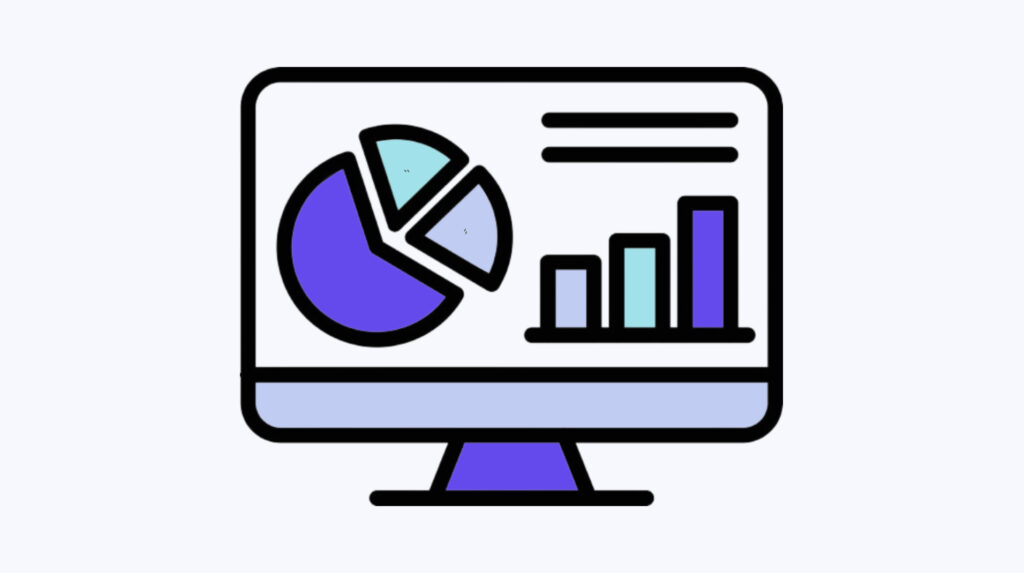Do you want to truly know how customers use, interact, think and feel with your products?
Our Category Overview insights offer a dynamic way of understanding your product category and the associations customers make with it.
It consists of five liveboards; Product Specifications, Product Usage, Product Information Needs, Product Purchase Intent, and Product Issues.
Each one is represented by a unique liveboard, offering you a 360-degree view of your product through the lens of your customers.
Let’s explore how these liveboards work and the insights you can derive from them.
How to Use the Category Insights Liveboards
Our liveboards are a powerful data visualization tool, designed to provide you with real-time insights into customer behavior and market trends. Here’s how to navigate all the Category Insights liveboards, apart from the Product Issues one…
On the left side of each liveboard, you’ll find a doughnut graph. This graph contains sub-topics specific to each category. If you want precise search volume data for a particular sub-topic, simply hover your mouse over the blocks in the doughnut graph. You’ll have instant access to accurate data for your selected timeframe.
But the liveboard doesn’t stop at surface-level data. With the Drilldown function, you can dig deeper to understand exactly what people are searching for. If you want to focus on a particular sub-topic, use the Filter option to narrow down your view.
Over on the right side of the liveboard, you’ll find trendlines. These visual representations show you how sub-topics have evolved during your chosen time period.
The ‘Region’ tab adds another layer of insight. This feature provides a regional breakdown of searches for the sub-topics, displayed in a stacked bar graph.
Let’s dive into the specific Category Insights liveboards for a more in-depth view…
Category Overview Insights
Product Specifications
First off, we have the Product Specifications liveboard, a powerful tool that allows you to peek into your customers’ minds and understand what features they’re actively searching for in your product.
It could be anything, different colours, materials, or sizes, and so much more.
But this liveboard isn’t just about data; it’s about insights that allow you to anticipate customer needs and exceed their expectations.
Imagine you operate in the energy drinks industry. With the Product Specifications liveboard, you can dig into specifics such as ingredients, flavour, packaging, and many more.
Are your customers searching for ‘0 caffeine energy drinks’? Is there a surge in demand for ‘large packages’? Or is a particular flavor gaining popularity? The answers to these critical questions lie within this liveboard.
But it’s not just about identifying trends; it’s about understanding the nuances behind them. For example, if you notice a rising interest in energy drinks without caffeine, it could indicate a growing awareness and concern for health and wellness among consumers.
On the other hand, a spike in searches for larger packages sizes might suggest a shift in consumer behavior towards bulk buying, possibly driven by a desire for better value for money or convenience.
Ultimately, the Product Specifications liveboard can help you tailoring product development and inventory management based on trending customer preferences, leading to effective marketing strategies. Consequently, it enhances customer satisfaction and drives business success by allowing you to create a more personalized shopping experience.
Product Usage
Step into the shoes of your customer with the Product Usage liveboard. This innovative tool goes beyond the what and delves into the how and when, providing you with invaluable insights into your customers’ preferred ways and periods of product usage.
With this liveboard, you can delve into the various ways your energy drink is being consumed. Is it being used as a pre-workout boost? A mid-afternoon pick-me-up? Or perhaps a late-night study aid?
Each of these scenarios presents an opportunity to tailor your messaging and product offerings to better suit your customer’s needs.
For example, if you discover a significant portion of your customers are health enthusiasts using your product as a pre-workout supplement, you could consider developing a new line specifically formulated with natural, performance-enhancing ingredients.
Or maybe you find out that a sizeable group of consumers are turning to your energy drinks as a means to fuel their late-night activities or studies. In that case, you could consider creating marketing campaigns that resonate with night owls and students, highlighting how your product can help them stay alert and focused during their late-night endeavors.
These kinds of insights allow you to stay one step ahead, constantly adapting and improving your product to fit seamlessly into your customers’ lives. It empowers you to make data-driven decisions, ensuring your product development and marketing strategies are always aligned with your customers’ preferences and usage patterns.
Product Information Needs
The Product Information Needs liveboard is another powerful tool. It reveals the type information your customers are seeking about your product.
Whether they’re looking for product information, reviews, or store details, this liveboard has got you covered.
Drilling down on these sub-topics will reveal deeper insights like the quality of the product, brand information, experiences, and question-related information.
For example, you’ll find out that a lot of people wonder whether energy drinks are addictive. And many are curious whether coffee is a better pick-me-up than an energy drink.
With the Product Information Needs liveboard, you’re not just guessing what your customers want to know — you’re gaining direct insights into their queries. This allows you to tailor your content, address their concerns, and position yourself as a trusted source of authority.
Product Intent
Understanding your customers’ buying intentions is a critical piece of your marketing puzzle. The Purchase Intent liveboard can help you decipher the volume of price- or promotion-related search terms, giving you a deeper insight into what drives your customers to make a purchase.
If your customers are searching for terms like ‘cheap’ and ‘sale,’ it might be time to reassess your pricing strategy. Are you offering competitive prices? Are there promotions or discounts you could run to attract cost-conscious customers? These searches signal a potential opportunity to win over customers with attractive pricing or special offers.
Seasonal trading periods like Black Friday could also be high on your customers’ radar. This suggests that they’re savvy shoppers, always on the lookout for the best deals. Capitalizing on these peak shopping seasons with targeted campaigns and irresistible deals can help you maximize sales and boost customer loyalty.
By keeping a pulse on your customers’ buying intentions, you can optimize your pricing and promotional strategies to align with their needs and preferences. It’s about understanding what drives your customers and meeting them where they are.
Because when you can anticipate and cater to your customers’ needs, you don’t just make a sale — you build a relationship with your customers. And that’s immensely more valuable.
Product Issues
Last but not least, the Product Issues liveboard helps you understand the issues related to your product.
The first thing you’ll notice on this liveboard is the issue rate. This rate represents the percentage of total search volume dedicated to problems associated with your product. And guess what? You can monitor how this issue rate fluctuates over time, thanks to the handy graph on the right side of the liveboard.
Below this graph, you’ll find the total search volume of these issues over time. It’s like having a pulse on your customers’ pain points and seeing how they evolve.
Now, let’s turn our attention to the doughnut graph. This graph reveals the specific issues that people are associating with your product category. You can get x-ray vision into your customers’ concerns, helping you address them proactively and effectively.
And should you find yourself curious about whether these issues fluctuate based on geographical location, our Region tab serves as a powerful resource. It presents a bar graph illustrating the regional discrepancies in these issues, ensuring you have a comprehensive understanding of your product’s performance across different areas.
Let’s look at the same example of energy drinks. With the Product Issues liveboard, you’ll find that the top complaints are about withdrawal symptoms, headaches, and fever. Armed with this information, you can address these issues head-on in your marketing and product development.
You could educate your customers about responsible consumption to avoid withdrawal, or perhaps reformulate your product to reduce the risk of headaches and fever.
By understanding and addressing these issues, you’re not just solving problems — you’re showing your customers that you listen, care, and are committed to providing them with the best product possible.
Understand How Your Product is Truly Perceived
Our Category Overview liveboards are more than just tools. If used correctly, they’re strategic assets designed to provide you with a deep dive into your customers’ world. They shed light on what your customers need, what they prefer, how they use your product, when they intend to make a purchase, and even the issues they face.
Armed with these insights, you’re no longer making decisions in the dark. Instead, you’re well-equipped to tailor your products to meet your customers’ needs, fine-tune your strategies based on real-time trends, and address any product-related issues promptly and effectively.
But it’s more than just about making informed decisions. It’s about understanding your customers on a deeper level, empathizing with their concerns, and being responsive to their needs. It’s about delivering an experience that doesn’t just meet, but exceeds their expectations.
So go ahead, harness the power of these liveboards. Because when you truly understand your customers, you’re not just selling a product—you’re building a relationship. And that’s the true measure of success in today’s customer-centric world.




